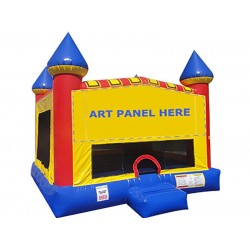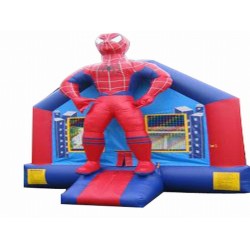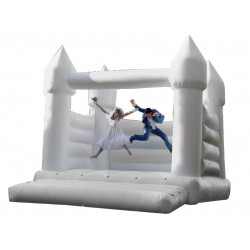Are Inflatable Products Suitable for Use During the Winter?

Inflatable products, such as bounce houses and water slides, are typically designed for warm-weather use. However, using them in winter requires special considerations. Here’s a guide to determine if inflatable products are suitable for winter use:
1. Check Manufacturer’s Recommendations
Always start by reviewing the manufacturer’s recommendations regarding temperature limits and seasonal use. Many inflatable products are not designed for use in cold conditions and may require specific precautions if used during winter.
2. Assess Material Durability
Examine the material of the inflatable product. Some materials may become brittle and less flexible in cold temperatures, leading to an increased risk of damage. Ensure the product is made from materials that can withstand lower temperatures without compromising safety.
3. Ensure Proper Inflation
Cold temperatures can affect the inflation of the product. Make sure the blower is capable of providing adequate airflow even in cooler weather. Insufficient inflation can lead to instability and safety hazards.
4. Avoid Snow and Ice
Keep inflatable products away from snow and ice. Snow and ice can damage the material and create slippery conditions, increasing the risk of accidents. Ensure the setup area is clear of ice and snow.
5. Protect from Frost and Moisture
Protect the inflatable product from frost and moisture, which can lead to material degradation and mold growth. Make sure the product is completely dry before storage and avoid using it in wet conditions.
6. Consider Temperature-Resistant Models
Look for inflatable products specifically designed for winter or colder climates. Some models are made with materials that are more resistant to cold and are suitable for year-round use.
7. Monitor Temperature Fluctuations
Keep an eye on temperature fluctuations. Rapid changes in temperature can affect the structural integrity of the inflatable product. Avoid using the product during extreme temperature swings.
8. Ensure Adequate Ground Insulation
Use proper ground insulation to prevent heat loss and protect the inflatable product from the cold ground. This helps maintain a more stable internal temperature and reduces the risk of damage.
9. Plan for Shorter Usage Periods
Due to the potential risks associated with winter use, consider limiting the duration of use. Shorter playtimes can help minimize the risk of damage and ensure safety.
10. Follow Safety Guidelines
Adhere to all safety guidelines and precautions provided by the manufacturer. Proper setup, usage, and maintenance are essential to ensure the inflatable product remains safe and functional during colder weather.
While inflatable products are generally designed for warmer conditions, with proper precautions and considerations, it is possible to use them safely during the winter. Always prioritize safety and consult manufacturer guidelines to ensure optimal use.




Leave a Comment